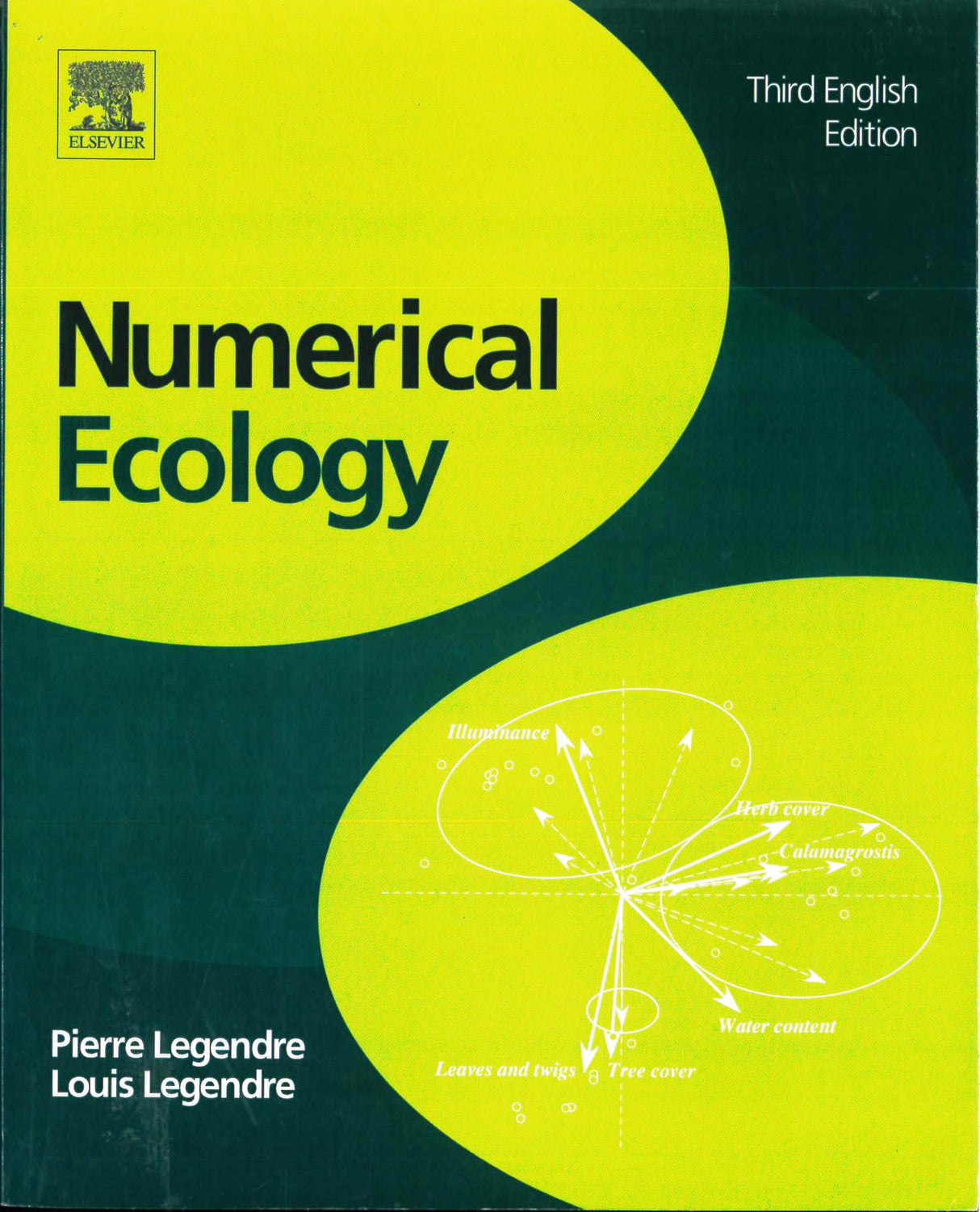Numerical Ecology: Volume 24 (Developments in Environmental Modelling)
Numerical Ecology: Volume 24 (Developments in Environmental Modelling) is backordered and will ship as soon as it is back in stock.
Couldn't load pickup availability
Genuine Products Guarantee
Genuine Products Guarantee
We guarantee 100% genuine products, and if proven otherwise, we will compensate you with 10 times the product's cost.
Delivery and Shipping
Delivery and Shipping
Products are generally ready for dispatch within 1 day and typically reach you in 3 to 5 days.
Book Details
-
Author: L. Legendre
-
Publisher: Elsevier
-
Language: English
-
Edition: 3rd Edition
-
ISBN: 9780444538680
-
Pages: 1006
-
Cover: Paperback
-
Dimensions: 9.2 x 7.4 x 2.2 inches
About The Book
The third English edition of Numerical Ecology by Pierre Legendre and Louis Legendre is a comprehensive and authoritative guide to the numerical methods used in the analysis of ecological data. This edition offers a timely update to the most widely cited book on the quantitative analysis of multivariate ecological data, ensuring that readers are equipped with the most current knowledge in the field.
The book introduces complex numerical methods with clarity, making them accessible for ecologists who need to apply these techniques in their own research. Drawing from various disciplines, including mathematical physics, statistics, information theory, and even archaeology, the authors explain how these methods can be used to analyze ecological data effectively. With a focus on multi-scale analysis, the book allows researchers to investigate pressing ecological issues, such as the effects of climate change on natural communities.
Illustrated with real ecological examples, the text demonstrates how to apply the methods and approaches discussed to actual ecological problems. Detailed references to the R statistical software are included, which has become the standard tool for numerical ecologists, allowing readers to execute all calculations presented in the book. With this invaluable resource, both students and professionals in the field of ecology will gain a deeper understanding of how to conduct quantitative analysis and explore the complexities of biodiversity and community composition. This book is an essential reference for anyone involved in ecological and environmental data analysis.





